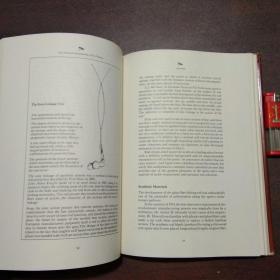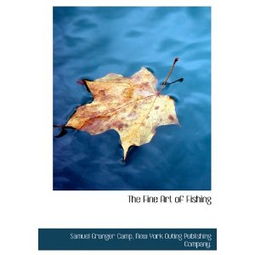Content:
Fishing, an age-old pastime, has been captivating anglers for centuries. Whether you're a seasoned pro or a beginner, the key to a successful fishing trip lies in mastering the art of using bait effectively. In this article, we will delve into the world of fishing techniques and provide you with valuable insights on how to use fish饵 correctly. Get ready to enhance your fishing skills and enjoy a more rewarding experience on the water.
Understanding Fish饵
Before we dive into the nitty-gritty of fishing techniques, it's essential to understand the different types of fish饵 available. Fish饵主要分为两大类:天然饵和人工饵。
Natural Bait: This includes live or dead fish, insects, worms, and other organic matter that fish naturally feed on. Natural bait is often more appealing to fish due to its scent and movement, but it can be time-consuming to catch and prepare.
Artificial Lures: These are man-made baits designed to mimic the movement and appearance of natural prey. Artificial lures come in various shapes, sizes, and colors, making them versatile for different fishing scenarios.
Choosing the Right Fish饵
Selecting the appropriate fish饵是提高钓鱼成功率的关键,以下是一些选择鱼饵的要点:
Research Your Target Species: Different fish species have varying preferences when it comes to food. For instance, bass are attracted to crayfish and smaller fish, while catfish are more interested in larger prey like shad or eels.
Consider the Season: Fish饵的选择还应考虑季节变化,在温暖的季节,鱼儿更倾向于活跃,因此可以使用更具吸引力的饵料,而在寒冷的季节,鱼儿活动减缓,更适合使用更简单的饵料。
Water Conditions: The clarity and temperature of the water can also influence your choice of bait. In clear water, bright-colored lures may work better, while in murky water, natural or darker baits might be more effective.
Techniques for Using Fish饵
Once you've chosen the right bait, it's time to learn how to use it effectively. Here are some essential techniques:
Bait Presentation: The way you present your bait can make a significant difference. For natural bait, it's crucial to mimic the natural movement and feeding habits of the prey. For artificial lures, experiment with different retrieves and techniques to see what works best.
Leader Length: The length of your leader can affect the way your bait moves in the water. A longer leader allows for more natural movement, while a shorter leader can be more effective in windy conditions.

Weight and Sink Rate: The weight of your bait and its sink rate are important for reaching the desired depth. Heavier baits are ideal for deeper waters, while lighter baits are better for surface fishing.
Rigging Techniques: The way you rig your bait can also impact its effectiveness. For example, a Carolina rig is great for bottom fishing, while a Texas rig is ideal for flipping and pitching.
Maintaining Your Bait
Properly maintaining your bait is crucial for keeping it fresh and appealing to fish. Here are some tips:
Keep Bait Fresh: If using live bait, ensure it's well-cared for and as lively as possible. For artificial lures, regular maintenance and cleaning will keep them in good condition.
Change Bait Regularly: If you're using natural bait, it's important to change it regularly to keep it fresh and attractive to fish.
Avoid Overuse: Overusing your bait can lead to it losing its effectiveness. Rotate your baits and experiment with different types to see what works best.
In conclusion, mastering the art of fishing involves understanding the different types of fish饵, choosing the right bait for your target species, and using effective techniques to present your bait to the fish. By following these tips and continuously practicing your skills, you'll be well on your way to becoming a skilled angler who can enjoy a successful and rewarding fishing experience. Happy fishing!












